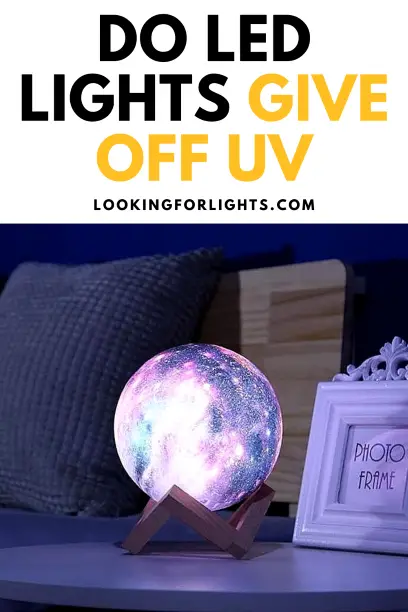One must not assume perfect accuracy, and allow for fudge. Even though plants use UV light, enough UV light will burn and kill even a plant. UV light has a shorter wavelength than visible light. Purple and violet light have shorter wavelengths than other colors of light, and ultraviolet has even shorter waves than violet does; so ultraviolet is sort of a "more purpler-than-purple." Anyone care to guess what UV light looks like, even though we (usually) can't see it? Or if it can't be seen, but is definitely there, any guess as to what that might look like? If you guessed "purple," you guessed correctly. Generally speaking, LED are not lasers outputting a narrow and single band of light. Though the output is more narrow than incandescent light, it still is not a laser of a single wavelength of light. Also, purple has a wavelength of ~380nm, while red starts around 635nm and goes up to about 700nm. Only in the RGB model does purple come from mixing red and blue. Because purple and red are so distant from each other on the spectrum, there is no red light in purple light. If an LED is producing purple, we can rest assured that it is very possible to likely that it is also outputting a little blue and UV as well. If the grass is dead, and if the LED killed the grass, then how could a purplish LED kill grass? We can deny it is happening, or we can accept the report at face value. Once we eliminate the impossible, whatever remains, no matter how improbable, is the truth: UV killed the grass.





